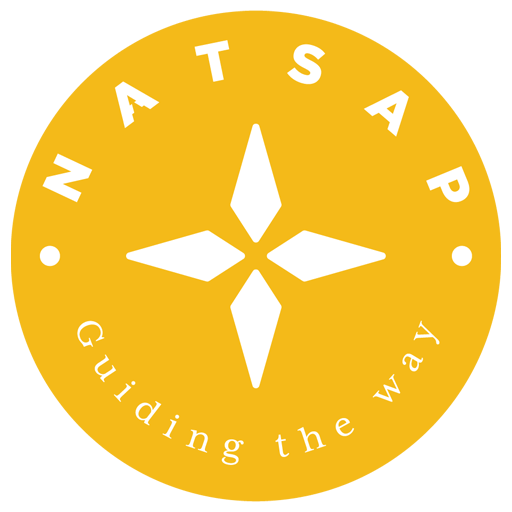NATSAP Joins National Call to Strengthen Youth Mental Health Programs
NATSAP Joins National Call to Strengthen Youth Mental Health Programs
The National Association of Therapeutic Schools and Programs (NATSAP) proudly joined Active Minds and other national organizations in signing a letter to congressional leaders urging increased federal investment in youth suicide prevention and peer mental health support programs.
The letter, sent on October 6, 2025, to the Chairs and Ranking Members of the Senate and House Subcommittees on Labor, Health and Human Services, and Education, thanked lawmakers for their continued commitment to youth mental health while calling for sustained and expanded funding in the Fiscal Year 2026 Labor, Health and Human Services, Education, and Related Agencies (LHHS) appropriations package.
Specifically, the coalition urged inclusion of:
- $534 million for the 988 Suicide and Crisis Lifeline, a $15 million increase over FY25, to expand awareness among adolescents and young adults and strengthen youth-to-youth peer support initiatives.
- $59.3 million for the Garrett Lee Smith Youth Suicide Prevention Program, including $12 million for Campus Grants and report language supporting peer-led crisis intervention activities.
The letter highlights alarming statistics—40% of high school students reported persistent sadness or hopelessness in 2023, and suicide remains the second leading cause of death for Americans aged 15–24. Despite the establishment of the 988 Lifeline, awareness among young adults remains low, with only 5% recognizing the service as recently as 2024.
“Expanding youth-focused crisis resources and peer-led supports is vital to reaching struggling young people before crises escalate,” said NATSAP Executive Director Alec Stone. “Our members see firsthand the life-saving difference early intervention and community-based awareness can make.”
By joining this letter, NATSAP reinforces its commitment to supporting evidence-based mental health programs, enhancing access to crisis services, and ensuring that therapeutic schools and programs remain strong partners in addressing the youth mental health crisis.
